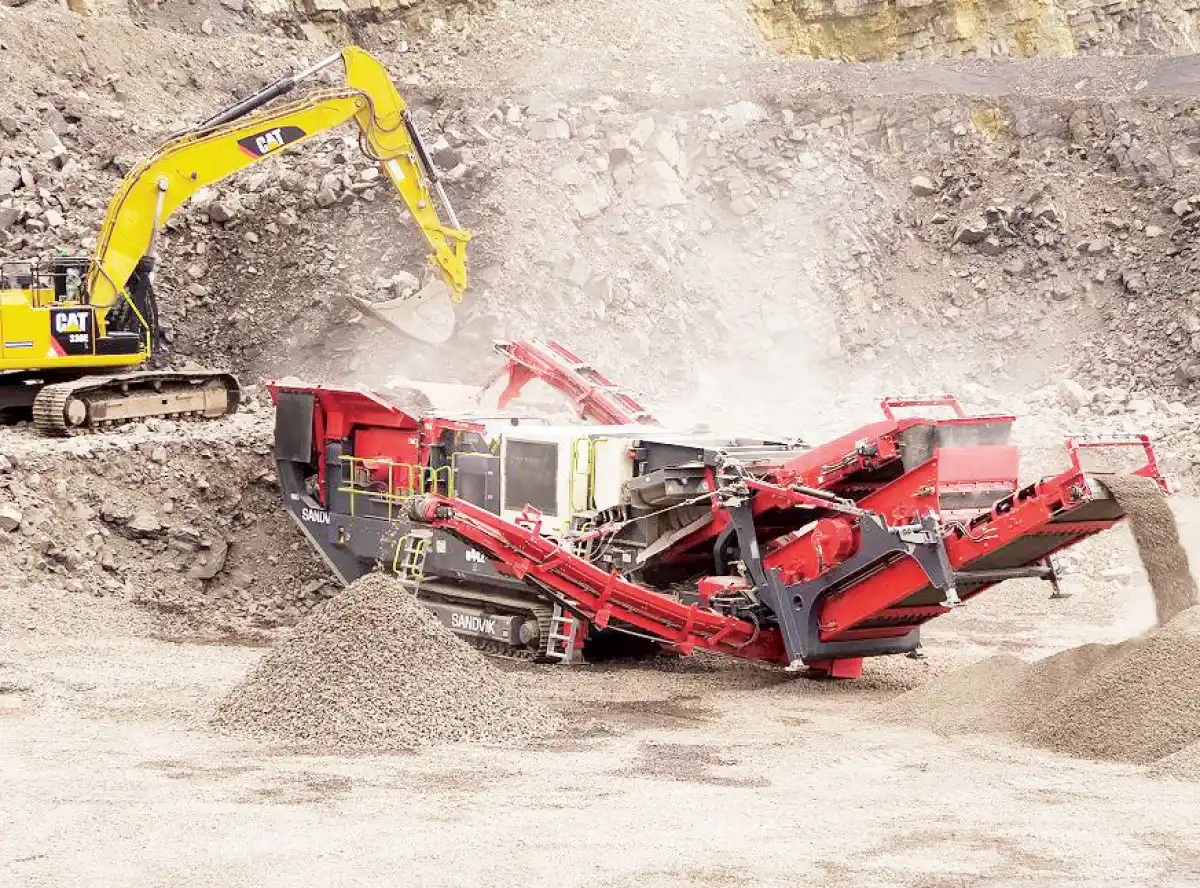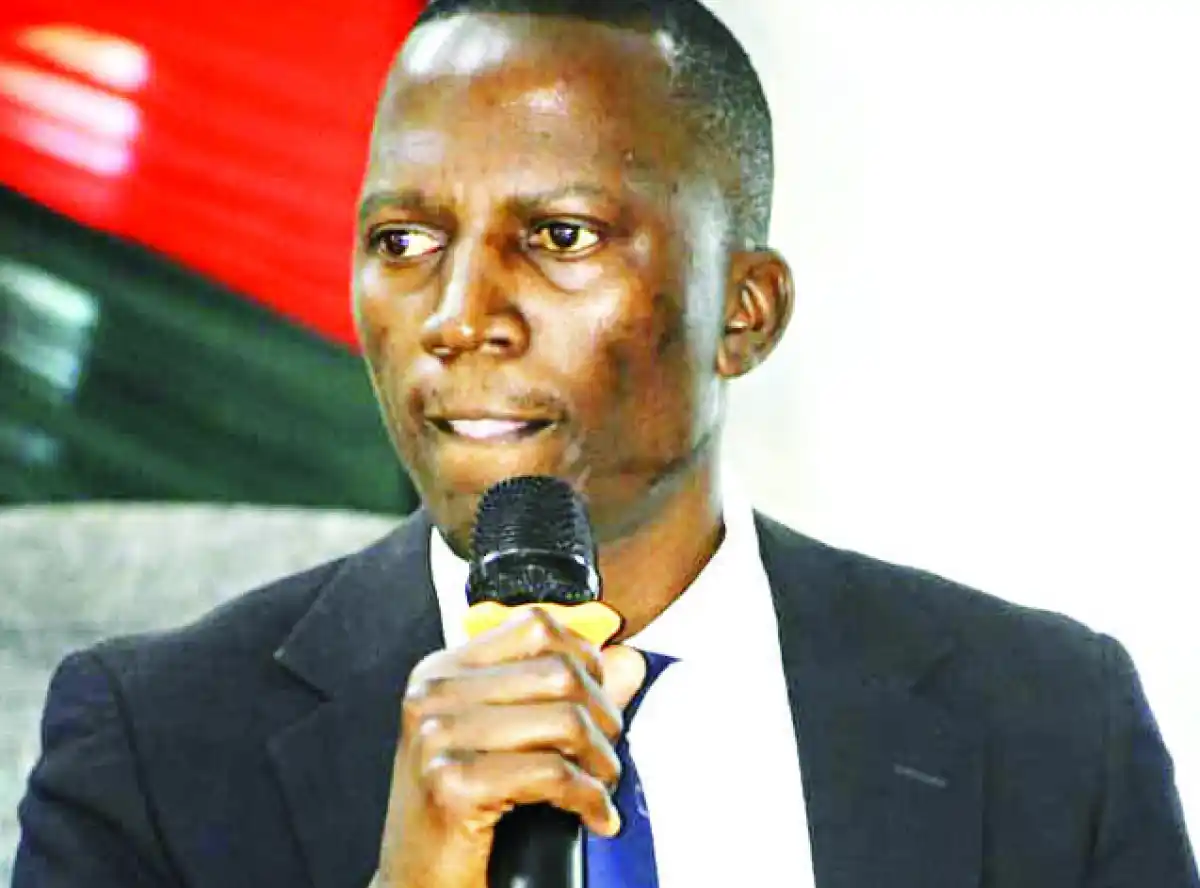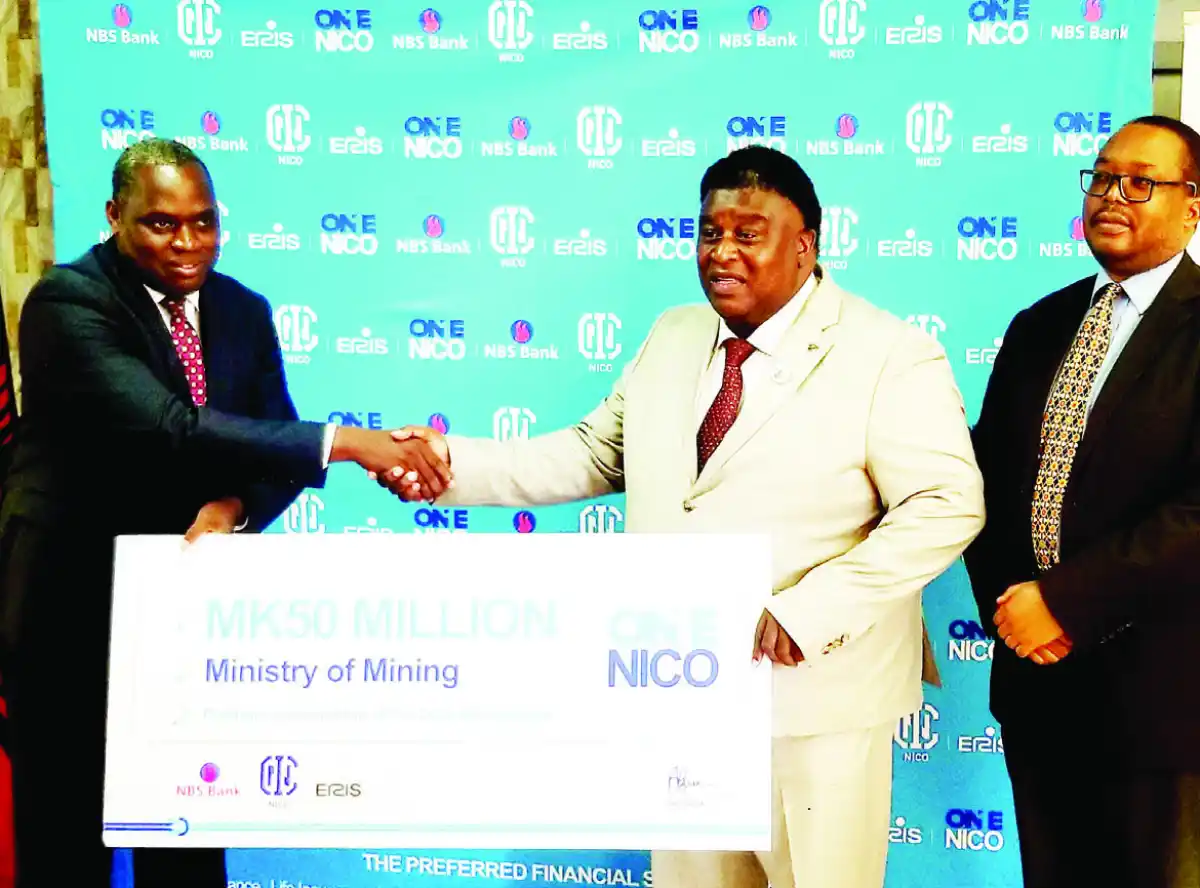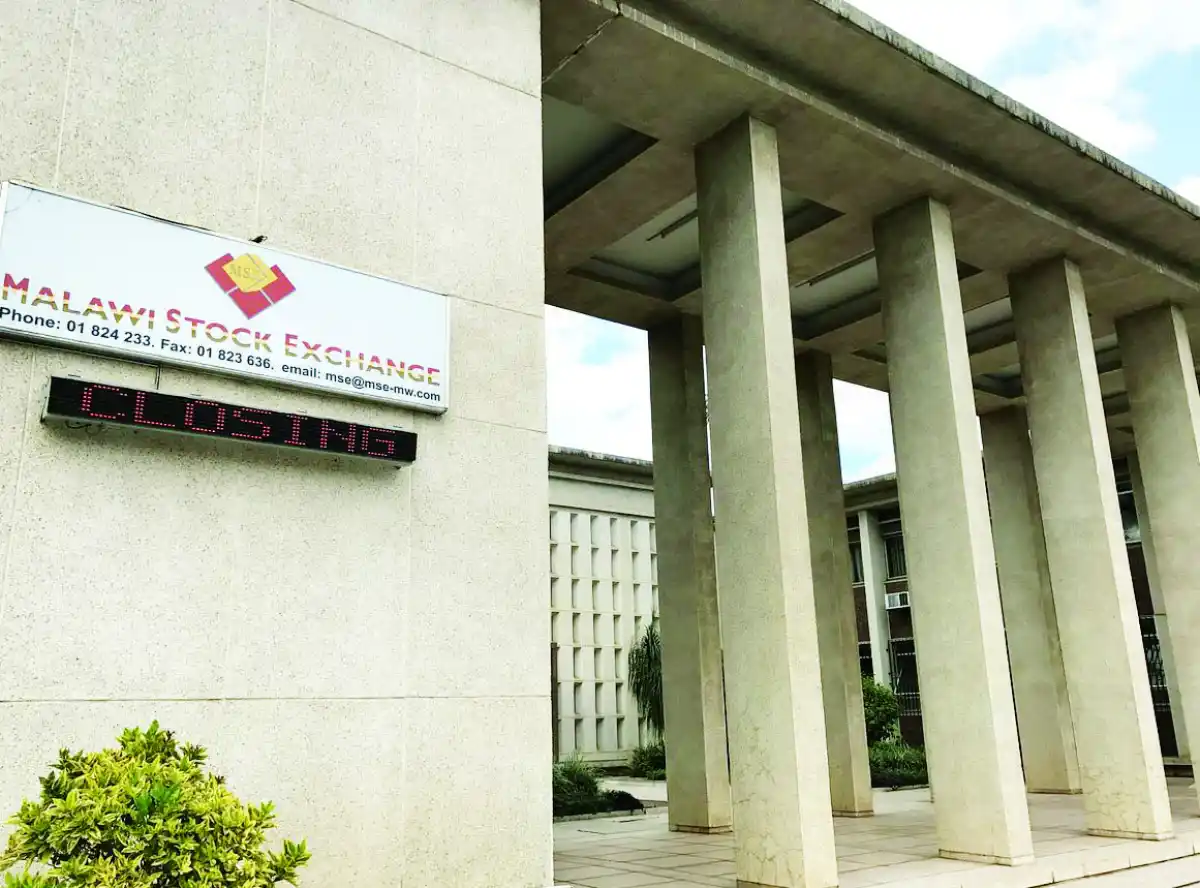
Malawi’s aspiration to turn the mining sector into the next big thing continues to be hampered by glaring disparities between plans and the amount of investment made.
The government is struggling to create an enabling environment for the industry to thrive.
The private sector also appears hesitant to channel the necessary resources into the mining industry, which is among the three priority sectors, alongside agriculture and tourism, to drive economic growth.
Low public investment and bureaucratic delays in negotiating deals with potential investors continue to hinder the initiation of mining and minerals exploration activities.
On top of that, the lack of direct synergy with other feeder industries such as energy and information and communication technology has been identified as a key bottleneck.
Malawi possesses several high-value minerals whose potential needs to be harnessed. These include uranium, phosphates, bauxite, kaolinitic, coal, kyanite, limestones, rare earths, graphite, sulphides, titanium minerals and vermiculite.
In April, stakeholders engaged in candid discussions on prospects during the inaugural Malawi Mining Investment Forum 2024 in Lilongwe. The consensus was clear, that Malawi needs to do more if it is to awaken this sleeping giant.

Addressing the forum, President Lazarus Chakwera reiterated his aspiration to make the industry a significant foreign exchange earner and contributor to national economic growth and development.
“We hope that by 2030, Malawi will be transformed because the foreign exchange that we are lacking today will be available in abundance as a result of mineral exports,” Chakwera said.
Despite being touted as a potential money spinner, the mining sector in Malawi has experienced stagnant growth, accounting for just under one percent of gross domestic product (GDP) in the past half-decade, remaining at around 0.7 percent.
Nevertheless, the government aims to increase the sector’s contribution to GDP to between 10 and 15 percent by 2030, aligning with goals set out in Malawi 2063, the country’s long-term development blueprint.
This ambitious target necessitates swift action to overcome bureaucratic obstacles and create a conducive environment to attract more investors, as well as to enhance power supply.
It has taken the government nearly four years to establish the Mining Authority and a State-owned mining company tasked with overseeing mining development.
Only recently, steps towards concluding mining development agreements between the government and investors have begun to materialise since 2020.
Such delays come at a cost. Malawi has forfeited substantial amounts of foreign exchange. For instance, if all mining projects were operational, Malawi could potentially generate $901 million annually ($415 million from Kasiya, $243 million from Kanyika, $127 million from Kayelekera and $116 million from Songwe Hill).
While previous deals have not always been in the best interest of the country and its citizens, there is no guarantee that new agreements will be swiftly established.
For about three years, the country struggled to raise approximately K500 billion to establish the mining company. Growth in the sector requires speed and precision.
Malawi has faced numerous challenges that, if left unaddressed, could continue to hinder the sector’s growth and development.
Persistent energy shortages, coupled with other macroeconomic challenges such as high borrowing costs, currency instability and elevated inflation, must be tackled for Malawi to achieve its goals.
Public-private partnerships remain a viable approach.








0 Comments